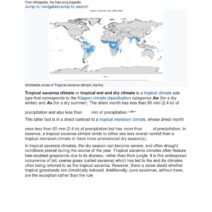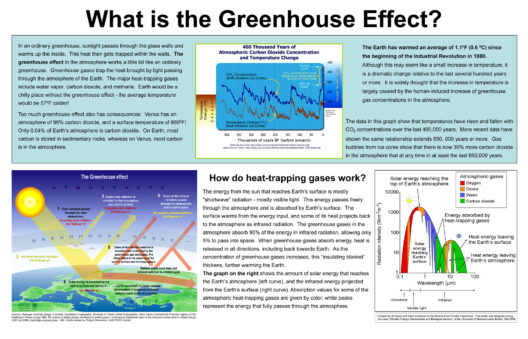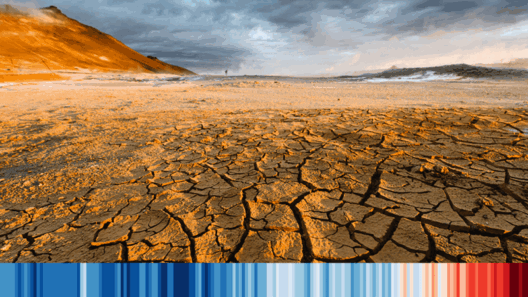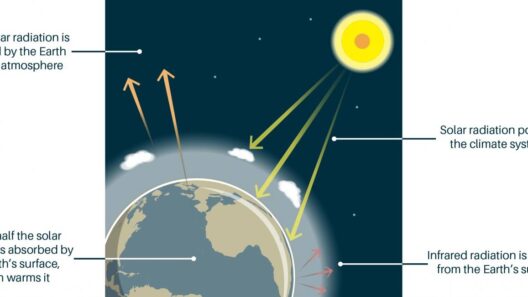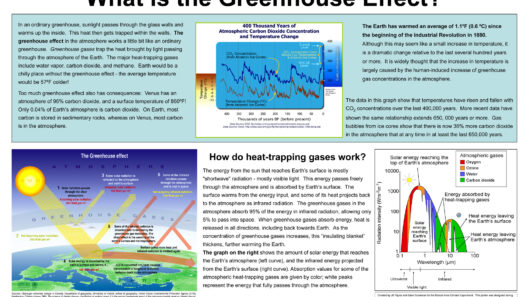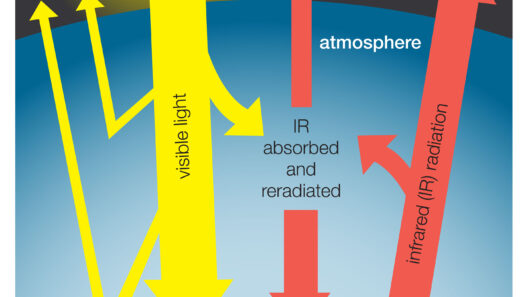The law of conservation of energy stands as one of the fundamental principles in physics, asserting that energy cannot be created or destroyed but only transformed from one form to another. As we delve deeper into the conundrum of climate science, particularly the greenhouse effect, an intriguing question arises: How does this immovable law of energy conservation intertwine with the mechanisms of our warming planet? These concepts are not merely academic; they possess profound implications for our environment and future.
To truly appreciate the relationship between the conservation of energy and the greenhouse effect, one must first grasp the nuances of these phenomena. Understanding the transformation and flow of energy is pivotal to unraveling the complexities of climate change. Let us embark on a journey to explore these interrelated aspects.
The Principle of Energy Conservation: A Brief Overview
The law of conservation of energy posits that the total energy in an isolated system remains constant over time. Energy may change forms—kinetic energy may transform into potential energy, or chemical energy into thermal energy—but the sum remains unchanged. This principle is foundational to all branches of physics and underpins a vast array of scientific disciplines.
In the context of our planet, energy from the sun drives the climate system. Approximately 30% of this solar energy is reflected back into space, while the remaining 70% is absorbed by the Earth’s surface, oceans, and atmosphere, thus raising the planet’s temperature. This absorption initiates numerous processes, such as photosynthesis and wind patterns, facilitating life and modulating climates.
The Greenhouse Effect: How Does It Work?
To comprehend the greenhouse effect, it is essential to recognize that the Earth is akin to a giant solar panel, absorbing sunlight and subsequently emitting energy in the form of infrared radiation. However, this escape of heat is thwarted by atmospheric greenhouse gases, such as carbon dioxide (CO2), methane (CH4), and nitrous oxide (N2O). These gases trap the outgoing energy, leading to a net gain of thermal energy within the atmosphere—a process that is naturally occurring and essential for life.
Yet, human activities have dramatically amplified the concentrations of these greenhouse gases, primarily through the combustion of fossil fuels, deforestation, and industrial processes. This escalation disturbs the energy balance of Earth’s system, resulting in greater heat retention and elevating global temperatures, a phenomenon known as anthropogenic global warming.
The Critical Interplay: Energy Conservation meets the Greenhouse Effect
Understanding the greenhouse effect through the prism of energy conservation reveals intricate relationships. The energy incident upon the Earth is not merely a static measure; it is affected by the atmospheric constituents, which modify how much energy is absorbed versus how much is emitted back to space.
One can visualize this through the concept of “radiative forcing,” which quantifies the change in energy flux in the atmosphere due to alterations in greenhouse gas concentrations. A positive radiative forcing indicates that more energy is being trapped within the Earth’s system, while negative radiative forcing implies an energy loss to space.
This principle effectively demonstrates that while energy is conserved, the balance is swayed by external factors, raising pertinent questions: How can we mitigate these disturbances? What role do we play, as denizens of this planet, in altering energy flows within this system?
Real-World Implications: Climate Change and Energy Dynamics
The ramifications of the greenhouse effect extending from energy conservation principles are far-reaching. As average global temperatures rise, we witness a cascade of climatic anomalies, from more severe storms to prolonged droughts. These phenomena not only disrupt natural ecosystems but also pose challenges for agriculture, water supply, and human health—even affecting global economies.
A critical understanding lies in recognizing that the excessive energy retention currently experienced is not merely a result of rising greenhouse gas levels but a corollary of societal choices and behaviors. The law of conservation of energy becomes a dual-edged sword: on one hand, it reassures us of the constancy of energy, while on the other, it challenges us to reconsider how energy transformations shape our environment.
Actionable Insights: Bridging Knowledge to Practice
To tackle this challenge, comprehension must transition into action. Renewable energy sources such as solar, wind, and hydroelectric power represent pivotal components in curtailing greenhouse gas emissions. By harnessing these technologies, humanity can contribute to restoring a more balanced energy cycle, adhering to the law of conservation while mitigating climate change.
Moreover, energy efficiency plays a crucial role in this narrative. Simple choices, like adopting energy-efficient appliances or enhancing insulation in buildings, can significantly reduce energy waste and greenhouse gas emissions. It is in these small, everyday actions that individual impact can coalesce into substantial change.
Conclusion: A Collective Responsibility
In conclusion, the law of conservation of energy and the greenhouse effect are inextricably linked, painting a comprehensive picture of our planet’s climatic challenges. Understanding this connection empowers individuals and communities to make informed decisions to safeguard our environment. While the road ahead may be fraught with challenges, embracing science’s wisdom provides hope, illuminating pathways toward a sustainable future. As we consider our actions, let us remain vigilant and proactive, recognizing our shared responsibility to uphold the delicate balance of energy within our Earth’s systems.

